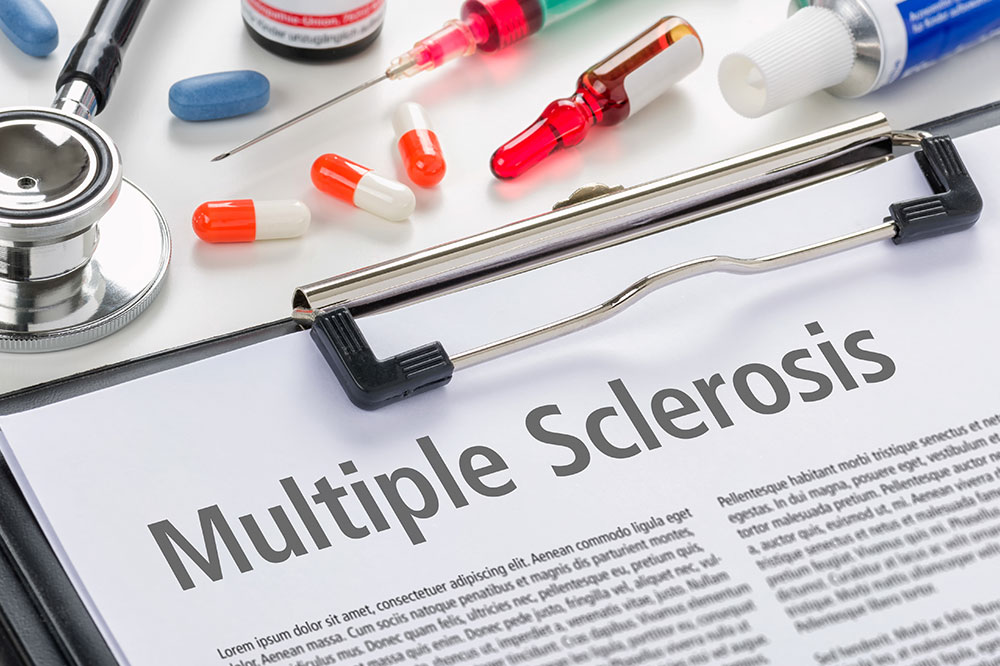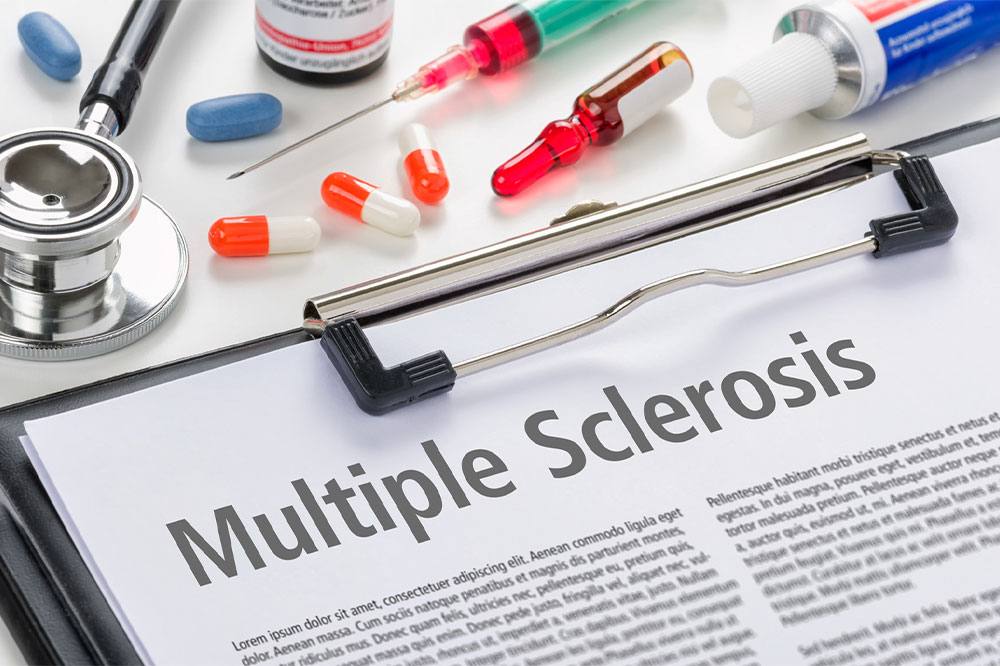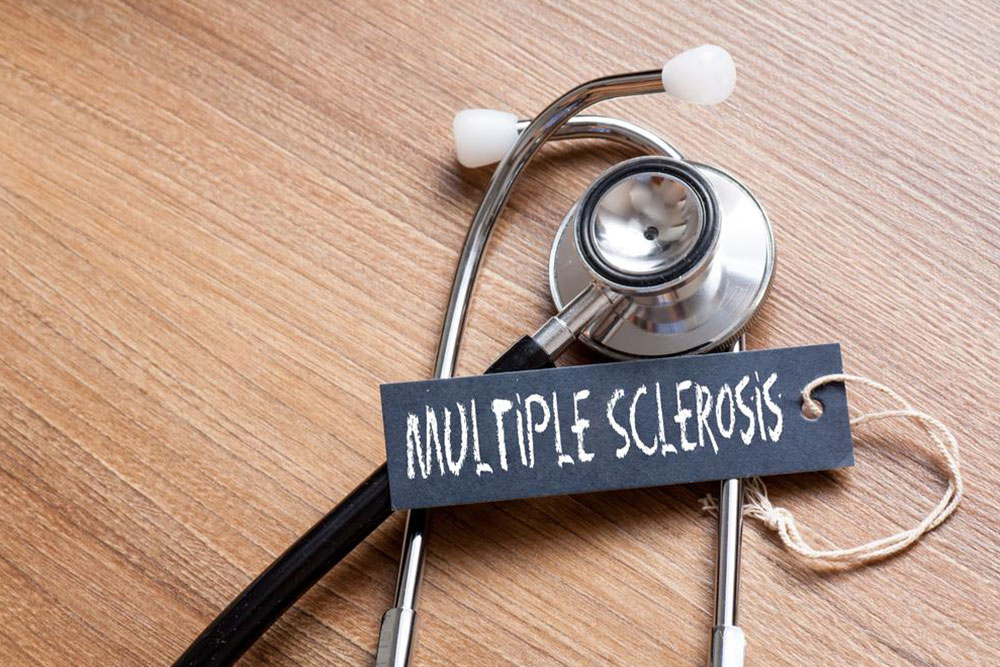A Comprehensive Guide to Multiple Sclerosis: Understanding Its Progression, Diagnosis, and Potential Prevention Strategies
This comprehensive article explores the progression, diagnosis, and potential prevention strategies for multiple sclerosis (MS). It details the disease stages, diagnostic methods, current treatments, and ongoing research into environmental and lifestyle factors that could prevent MS. Early diagnosis and personalized management play crucial roles in improving patient quality of life. Advances in understanding genetic and environmental influences offer hope for future preventive measures. Stay informed about the latest developments to better navigate MS management and contribute to ongoing research efforts.

A Comprehensive Guide to Multiple Sclerosis: Understanding Its Progression, Diagnosis, and Potential Prevention Strategies
Multiple sclerosis (MS) is a complex and often disabling neurological disease that affects millions of people worldwide. It primarily targets the central nervous system, which includes the brain and spinal cord, leading to a wide range of symptoms and challenges. Despite extensive research, there remains no definitive cure for MS, but early diagnosis, symptom management, and ongoing studies into potential preventive measures are essential steps toward improving the lives of those affected.
This comprehensive guide aims to explain the different stages of MS, explore diagnostic techniques, discuss current treatment options, and shed light on ongoing research into prevention strategies. By understanding its progression and the latest developments, patients and caregivers can better navigate the complexities of this disease and stay informed about future breakthroughs.
Understanding Multiple Sclerosis: An Overview
Multiple sclerosis is an autoimmune disorder where the body's immune system mistakenly attacks the protective myelin sheath surrounding nerve fibers in the central nervous system. This damage disrupts normal nerve signal transmission, leading to various neurological symptoms. MS can manifest differently in each individual, with symptom severity and progression varying widely, making personalized management crucial.
The exact cause of MS remains unclear, but researchers believe a combination of genetic susceptibility and environmental factors contribute to its development. Factors such as geographic location, vitamin D levels, smoking, and viral exposures are under active investigation for their roles in triggering the disease.
The Different Stages of Multiple Sclerosis
Understanding the progression of MS is essential for early intervention and effective management. The disease typically unfolds through several distinct but sometimes overlapping stages:
Clinically Isolated Syndrome (CIS)
This initial stage is characterized by a single neurological episode caused by inflammation, often detected through MRI scans revealing demyelination in the brain or spinal cord. Not everyone experiencing CIS will develop MS, but it signals an increased risk. Prompt diagnosis and evaluation are crucial for initiating early management strategies to potentially delay progression.
Relapsing-Remitting MS (RRMS)
The most common form of MS, affecting approximately 85% of patients at diagnosis, usually occurs in individuals under 30 but can develop later. RRMS features distinctive episodes of new or worsening neurological symptoms (relapses) followed by periods of partial or complete recovery (remissions). During relapses, new lesions may form, evidenced through MRI scans, leading to cumulative neurological damage over time. The duration of remission periods can range from weeks to years, but relapses tend to become more frequent or severe without effective management.
Primary Progressive MS (PPMS)
Typically diagnosed in people over 40, PPMS involves a gradual worsening of neurological function from the onset, without distinct relapses or remissions. The disease progresses steadily, with patients experiencing increasing disability over time. The underlying pathology involves continuous neurodegeneration, which poses unique challenges for treatment.
Secondary Progressive MS (SPMS)
This stage often develops after an initial relapsing-remitting phase, characterized by a transition to steady neurological decline without clear periods of remission. In SPMS, symptoms become more persistent, and disability accumulates, significantly impacting daily life. Recognizing and managing this phase is vital to maintaining patient quality of life.
Diagnosing Multiple Sclerosis
Diagnosing MS involves a comprehensive approach, including medical history, neurological examination, and multiple diagnostic tests. Since symptoms can mimic other neurological conditions, clinicians rely on a combination of tests to confirm MS diagnosis:
MRI Scans: MRI is the gold standard for detecting lesions or plaques in the brain and spinal cord indicative of demyelination. It also helps monitor disease progression and assess treatment efficacy.
Lumbar Puncture: Analyzing cerebrospinal fluid can reveal abnormal antibodies or immune markers associated with MS.
Blood Tests: These help rule out other conditions with similar symptoms, such as infections, vitamin deficiencies, or other autoimmune diseases.
Evoked Potentials: Tests measuring electrical activity in response to stimuli can detect delayed nerve responses caused by demyelination.
Early and accurate diagnosis is critical for initiating disease-modifying therapies that can slow the progression of MS and reduce the frequency and severity of relapses.
Current Treatment Strategies for MS
While there is no cure for MS yet, several treatments are available to manage symptoms, modify disease progression, and improve quality of life. Treatment plans are tailored to individual needs and disease stages:
Disease-Modifying Therapies (DMTs): These medications aim to reduce the frequency and severity of relapses and slow disease progression. Examples include injectable drugs like interferons and glatiramer acetate, oral medications such as fingolimod and dimethyl fumarate, and infusion therapies like natalizumab and ocrelizumab.
Symptom Management: Treatments targeting specific symptoms—such as muscle spasticity, fatigue, pain, and bladder issues—improve daily functioning and comfort.
Rehabilitation: Physical, occupational, and speech therapy help maintain mobility, independence, and communication skills.
Lifestyle Modifications: Adequate nutrition, regular exercise, stress management, and avoiding triggers like heat and infections can help manage symptoms and possibly slow progression.
Emerging Research and Future Directions in MS Prevention
Though no definitive means of prevention currently exist, researchers are actively exploring various environmental, genetic, and lifestyle factors that might influence disease development:
Vitamin D: Studies suggest that adequate vitamin D levels may have a protective effect against MS development, possibly due to its role in immune regulation. Supplementation is being evaluated as a preventive approach.
Environmental Factors: Geographical studies point to higher MS prevalence in regions farther from the equator, hinting at environmental influences such as sunlight exposure, diet, and pollution.
Diet and Lifestyle: Coffee and caffeine intake are currently under study to determine potential protective effects, although no definitive recommendations can be made yet.
Genetic Research: Advances in genetics aim to identify specific risk genes and understand hereditary components, possibly leading to targeted prevention strategies in the future.
Overall, ongoing research continues to shed light on MS prevention, aiming to reduce disease incidence and improve patient outcomes. Though discovering a foolproof prevention method remains a challenge, understanding associated risk factors enables the development of strategies to minimize the likelihood of developing MS.
In conclusion, MS remains a formidable neurological disease with complex progression patterns. Early diagnosis and treatment significantly improve prognosis, and ongoing research into environmental and genetic factors holds promise for future preventive measures. Patients and healthcare providers must stay informed about new developments to manage MS effectively and support ongoing efforts toward finding a cure.





